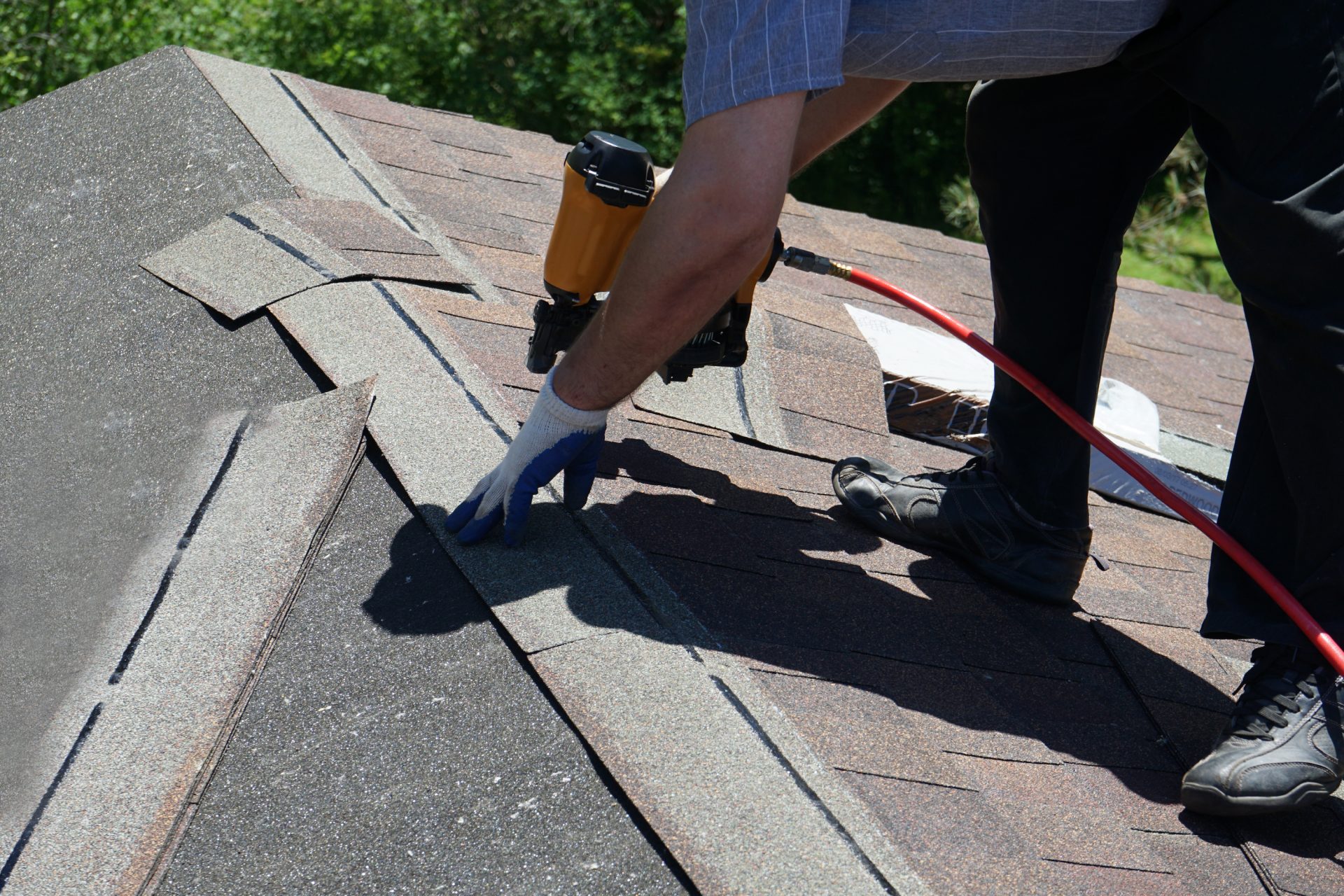As a homeowner, you care about your home. You go through great lengths to take care of your home as it goes through the wear and tear of life.
One area that gets some of the most harsh damage is your roof. Declining of your roof is natural over time, plus adding in any weather conditions, strong storms, and extreme climates it may experience (especially living in the Dallas-Fort Worth Area).
But how often should you check on or do something about your roof? And when you go to take care of your roof, how do you know what’s the right action to take? Should you completely replace it? Just repair it or add new patchwork?
There is a lot of conflicting information out there and many companies that will say whatever they need to in order to make a sale off you. But at Elite Roofing, we are here to tell it to you like it is. No cheating, manipulating the truth or any other negative actions.
While each individual roof situation is unique and calls for specific action, here are the basics you should know about repairing or replacing your roof.
The Basics
In general, your roof should be inspected at least once a year. Many people choose to inspect their roof twice a year—once in the Spring and once in the Fall. However, you should always check your roof for storm damage after extreme weather conditions such as snow or ice, a tornado, hail, or strong winds.
While you may want to get a professional out to do your annual roof inspection you can often check your roof yourself for storm damage. Walk around the property and look at your roof, making note of any singles missing, broken or cracked tiles, leaking, etc. After a strong storm or if you suspect there is roof damage, you can call a professional out at that point to take a further look as well.
So, let’s say you see damage…what now?
Patching or Repairing Your Roof
Often, homeowners wonder if they can simply patch or replace shingles or tiles if damage is limited to a single section or only a few shingles. Generally speaking, yes.
If there’s only a few shingles missing or minor damage to a small part of your roof, there is no need to replace the whole thing yet. While every roof will eventually need to be replaced, you can most likely extend the lifespan of the roof by simply patching the area in this case.
The same thing goes with areas of the roof that need to be repaired. If the work is a little more than some simple patching, but not enough to be major damage or cover a large part of your roor, then repairing your roof is a safe way to go.
However, it is important to have this checked and confirmed with a roofing professional as sometimes there can be further damage underneath that needs to be addressed. In some cases, simply replacing shingles or patching your roof could actually make things worse. Always check with a professional when there is damage as they’ll be able to inspect your door and let you know if a patch will extend your roof’s lifespan without leading to future damage.
Replacing Your Roof
In general, roofs can last anywhere from 15 years to upwards of 50 years. Asphalt shingle roofs tend to last the least amount of time or roofs made of concrete or clay tile tend to last the longest. However, a big factor in this is the weather and temperatures your roof withstands over the years.
So, one obvious sign that you need your roof replaced is if its age lasts in the years mentioned above. Again, there is no magic number for every single roof, but keep in mind, if your roof is exposed to hot temperatures or strong storms (i.e. often the DFW area), it may last less time than the other roofs.
Other than that, here are some other signs it may be time to forget repairing and go straight to replacing your roof:
- Missing shingles or tiles
- Dark streaks of algae or moss on your roof (this weakens your shingles)
- Cracked, cupped or curled shingles
- The roof just looks old and worn down
- Leaking or evidence of water damage
- Gaps and bald spots that keep reforming even after repairs
As mentioned in the previous section, if your roof is in the middle of its lifespan, repairing a single section might be the way to go. However, if the damage covers more than roughly a third of your roof or your roof is nearing the end of its lifespan, replacement is most likely the best route to go for you.
In Conclusion…
So next time you ask yourself, What to do: Repair, Patch, or Replace My Roof?, you can refer back to this guide and hopefully feel more confident in your decision!
If you need to restore your roof, give us a call.
At Elite Roofing, we pride ourselves on restoring high-end homes and being the leader in insurance restoration work. We aim to be different because we believe the roofing industry overall is corrupt. Our brand is tied to our reputation and we exist to give you a solution with integrity and deliver exceptional services with genuine care. A home is one of the biggest investments you can make – we’re here to protect the home and the homeowner.
For the Elite Experience, call or text (214) 444-5265 and we’ll get the process started!




